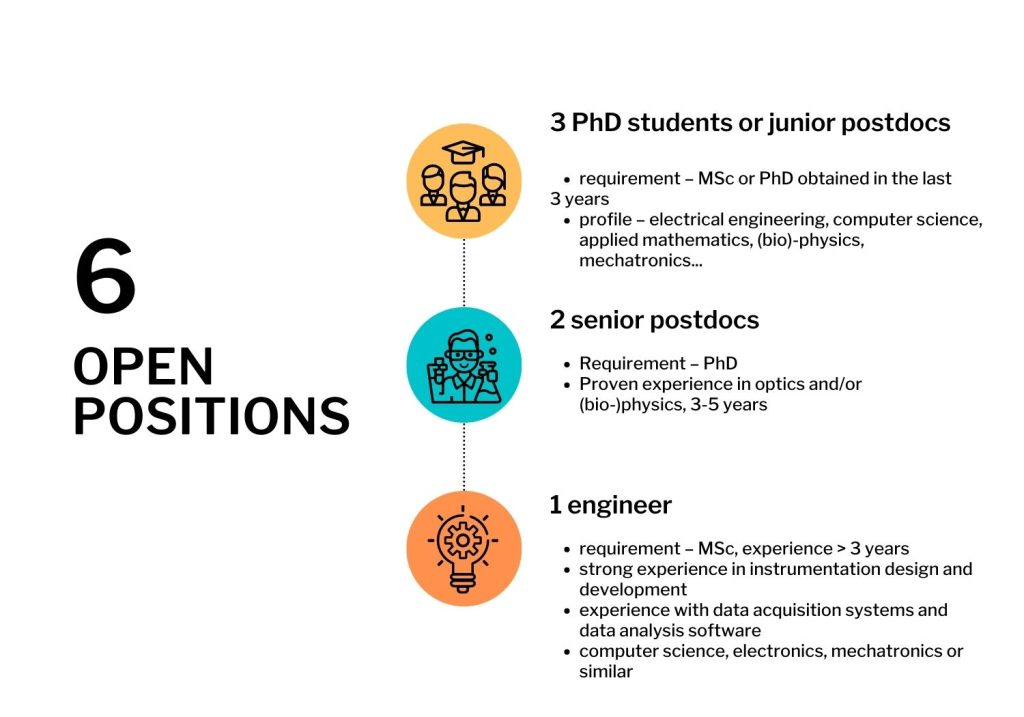IICT awarded 2M€ for neurotechnology research
Assoc. Prof. Dr. Dimiter Prodanov, together with the Institute of Information and Communication Technologies (IICT) of the Bulgarian Academy of Sciences, will receive 2M€ from the European Commission to establish a new research group at IICT.
Doctoral Researcher or Junior Postdoc (Physics and/or Optics)
The Horizon Europe project VIBraTE is currently seeking a highly motivated doctoral (or junior postdoc) researcher to join our research team in the field of physics. The successful candidate will be responsible for conducting cutting-edge research in the project and will have the opportunity to collaborate with leading researchers from different countries.
Location: Sofia, Bulgaria
Objectives
of the project VIBraTE

Investigate
Axis 1: “Viscoelastic coupling” will investigate the mechanical coupling between an implant and the brain tissue and its influence on extracellular matrix remodeling and gliosis. The problem will be systematically addressed starting from simple FEM brain models and only gradually adding anatomical details. Expected results will predict the influence of brain circulation, head rotation, and respiratory activity on implant displacement in realistic head geometries. Another promising direction of research will be to also investigate the above effects in fractional-order viscoelastic models using the tools of fractional calculus.
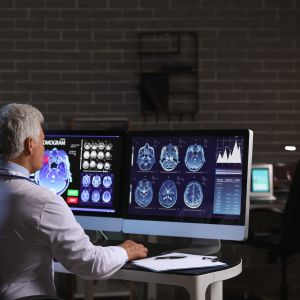
Optimize
Axis 2: Optimization of the interface geometry will explore the interaction of electrodes, having assorted geometries – i.e. featuring (i) flanks protruding in the tissue or (ii) holes. The softness of the material plays an important role in increasing the biocompatibility, however, there seems to be a saturation of the effect.
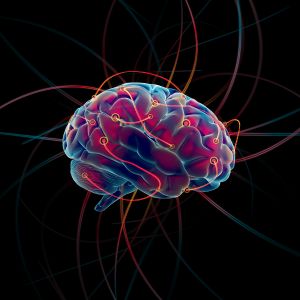
Model and investigate
Axis 3: “Diffusion phenomena in the brain tissue”: Diffusion in porous media, such as biological tissues, is characterized by a mixture of convective and diffusive transport which can be modeled classically by the tissue tortuosity or alternatively by the tools of fractional calculus. The presence of the foreign body (e.g. an implant) together with its mechanical interaction with the surrounding tissue eventually leads to the production and diffusion of various biochemical species. The inflammatory cells around an implant may induce a persistent gradient of soluble factors, which modulate other cells’ phenotypes.
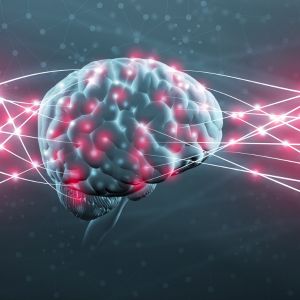
Model
Axis 4: “Effects of viscoelastic deformations on modeled brain activity” will use spiking neural network models coupled to an inhomogeneous electrical conductance model of the tissue. Modeled neurons will be displaced by a deformation field corresponding to cardiac and respiratory pulsations. The computed electrical field will be sampled in space and time, and the action potential waveforms will be correlated with the immobile condition. The displacement and electrical fields will be computed analytically (simple geometry) or simulated in FEM (more realistic geometry) depending on the complexity of the problem. Such deformations are expected to affect different spike-sorting algorithms presently used in neurophysiology.
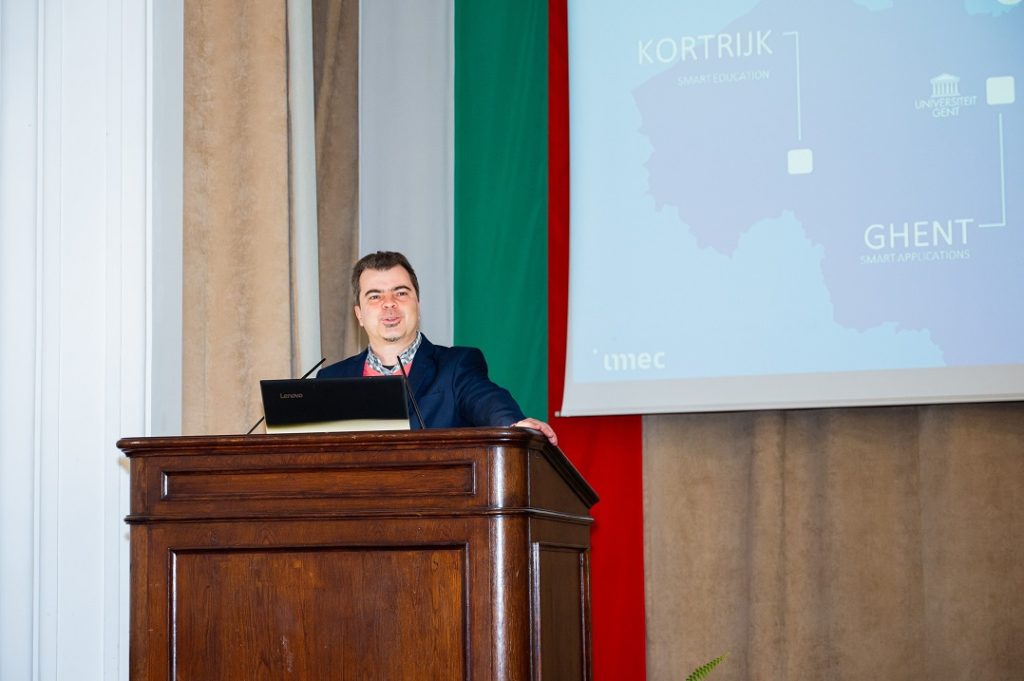
ERA Chair VIBraTE
Assoc. Prof. Dr. Dimiter Prodanov, together with the Institute of Information and Communication Technologies (IICT) of the Bulgarian Academy of Sciences, will receive 2M€ from the European Commission to establish a new research group at IICT. The grant is awarded under the ERA Chair program of Horizon Europe. This is one of only 4 such projects starting in Bulgaria in 2023. ERA Chairs support universities or research organizations to attract and maintain exceptional researchers and innovators and help excellent scientists and their teams to become game changers in their field. The project will start on Feb 1 2023 and will run until 31 Jan 2028.

